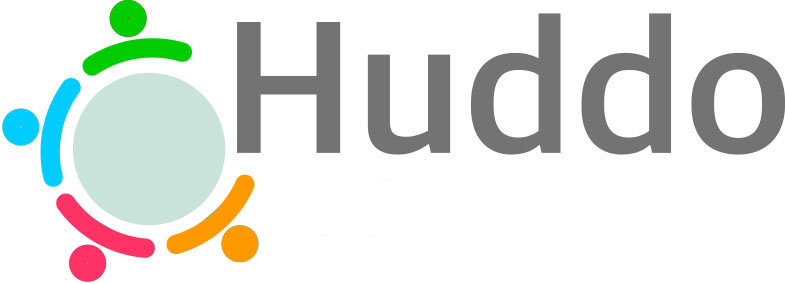Slay the Beasts of Methodology: Scrum Project Management
There are several different project management styles out there. Picking which style is for you is down to two things,
1) how do you like to work individually and collectively, and
2) how well-defined your goals and tasks are.
Picking a working style, or methodology, is helpful as it sets the processes and guidelines on how you work. It helps everyone understand how your project is structured, the order in which you complete tasks, the frequency of meetings, and the roles and responsibilities of your collaborators.
Each week we will break down one of the main Project Methodologies used globally, and we will explain how they work, when they are used and why, and their strengths. What is more important than deciding which style to use, is ensuring you are all adopting the same working style (when working collaboratively on a project). Although many hands do make light work, this is only if those hands are coordinated.
Scrum Methodology
Scrum project methodology is essentially Agile, but with a ‘Scrum Master’ to support focused work and prioritisation. Think about that pre-game tactical brief, heads down in a circle, strategising and giving everyone instructions for the next phase (or play). A scrum is a small, yet regular check-in to realign your team to the goal. Scrum essentially helps alleviate the dangers of never getting around to that small ticket item or technical debt, as well as helping every collaborator know what they should be working on right now.
In Scrum processes, work is usually completed in sprints, which are short cycles of work in which the team sets tasks and objectives and only focuses on those items within that sprint. No distractions! During the sprint, new tasks and changes to priorities can be discussed and set by the Scrum Master but not shared with the wider team. The Scrum master prevents any new tasks from being given to collaborators, ensuring the sprint priorities are worked on as planned. They can also be responsible for removing all obstacles to work being done.
Scrum utlitises the same iterative approach as Agile and benefits from the same advantages of continuous improvement and learning as the project progresses. However, the difference is usually related to the size of a team collaborating, and whether they all perform a similar function (or not). For instance, Software Development and Sales Teams may all use Scrum to define tasks for a period and everyone performs a similar role or function, taking another ticket from the backlog. Everyone divides and conquers and is more self-managed, taking the tasks assigned to them and providing updates on how they are progressing. The project is more repetitive in nature.
The dangers of Scrum project management include difficulties in how a company manages high-value and urgent tasks which are critical, and how this can often cause friction between stakeholders/management and the Scrum Master. Perhaps other departments and management expect a team of collaborators to drop everything and do what they ask, and when they ask for it. Therefore, culture is an important aspect of the Scrum methodology, as are the processes. For Scrum to work, sprints must be protected and prioritised. Or else it simply becomes Agile and a free-for-all all.
If you have a small team of collaborators all taking similar ticket items, and performing a similar function on the project, Scrum is a great project management methodology to adopt. However, if goals and tasks need to change immediately, or your goal is well-defined with a deadline, other methodologies may be more suitable.



